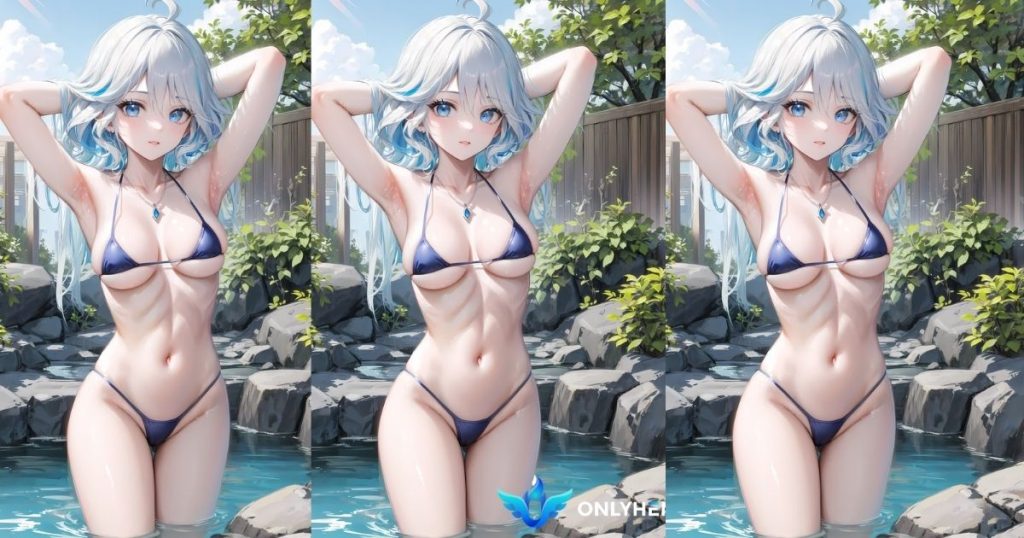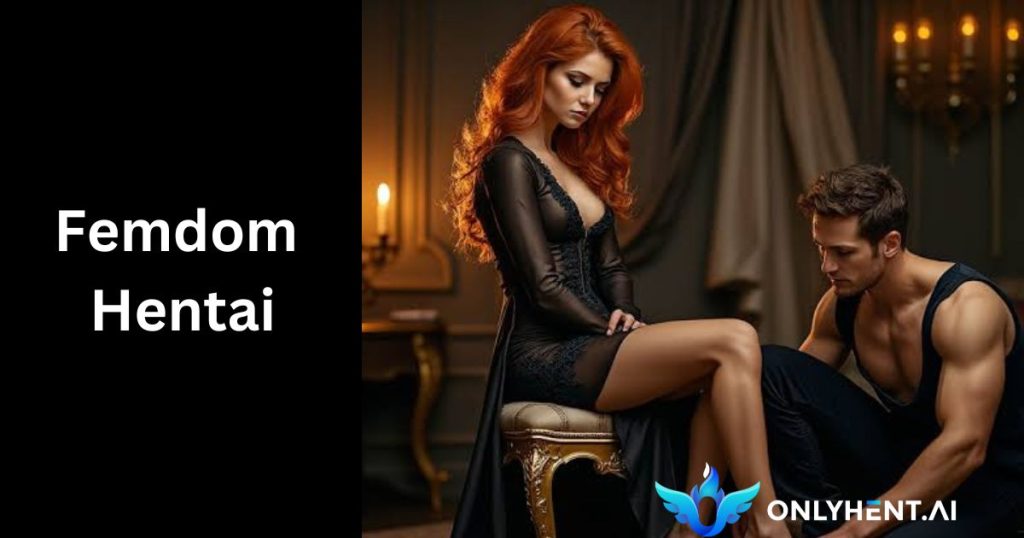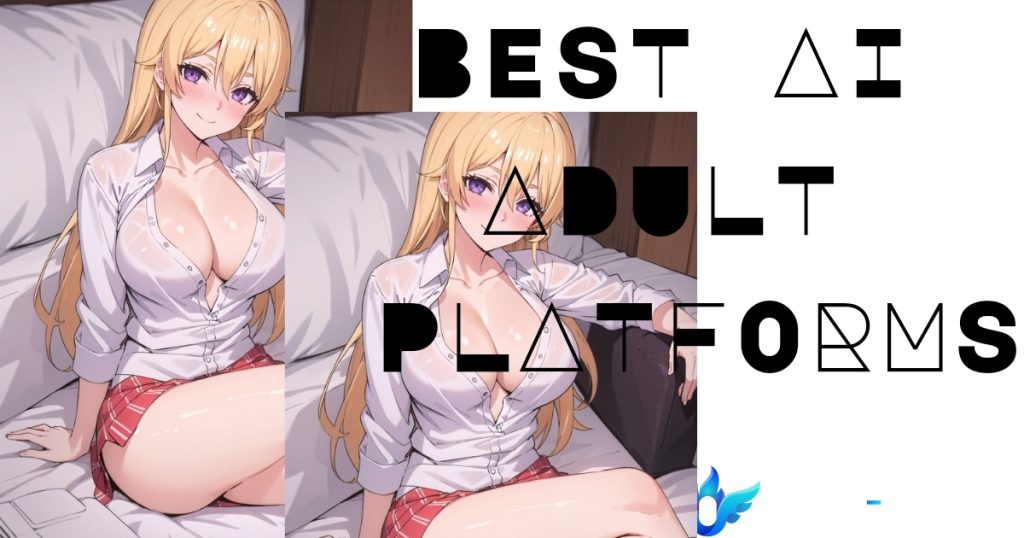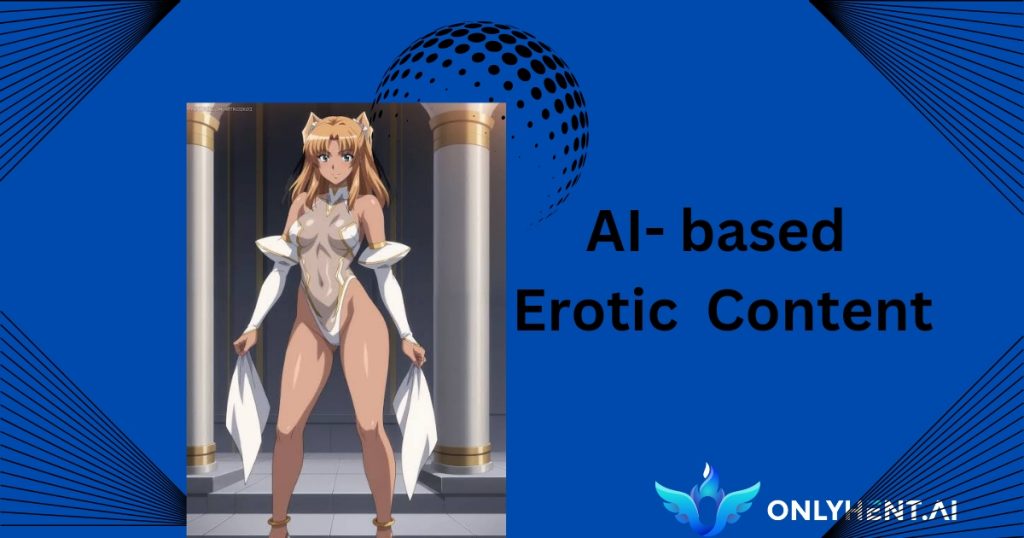Stable Diffusion has emerged as a revolutionary text-to-image AI model, empowering individuals to transform their words into captivating artworks. Whether you’re a seasoned artist or a curious beginner, mastering Stable Diffusion can open doors to a world of limitless creative expression.
Choosing Your Stable Diffusion Adventure

Two primary pathways present themselves for utilizing Stable Diffusion’s capabilities:
1. Harnessing Stable Diffusion on Your Computer
For those with technical proficiency, running Stable Diffusion on a personal computer offers greater control and flexibility. However, this method necessitates installing the code and its dependencies, demanding a certain level of technical expertise. Once installed, image generation involves executing the code and providing text prompts to guide the AI’s creative process.
Pros:
- Enhanced control over the image generation process
- Leverages your computer’s hardware for faster processing
Cons:
- Technical expertise required for setup
- Resource-intensive for personal computers
2. Embracing Cloud-Based Services for Effortless Creation
Cloud-based services provide a user-friendly alternative, eliminating the need for technical knowledge. These services typically offer a web interface that seamlessly facilitates image generation. Additionally, some cloud platforms enable image generation from text prompts provided in text files, catering to users seeking greater flexibility.
Pros:
- Eliminates technical expertise requirements
- Enables image generation on any device with an internet connection
- Typically faster than running Stable Diffusion on your own computer
Cons:
- Reduced control over the image generation process
- May require a subscription fee
Pre-Trained Models: Your Ready-to-Use Creative Companions

Pre-trained Stable Diffusion models offer a convenient option for immediate image generation. These models, trained on specific datasets of images and text prompts, excel in producing images that closely resemble the dataset’s content. Experimenting with various pre-trained models can yield remarkable results.
Crafting Captivating Images: A Step-by-Step Guide
- Crafting Compelling Text Prompts: The text prompt serves as the foundation for Stable Diffusion’s image generation. Craft detailed prompts that meticulously describe the desired image, encompassing the subject, composition, style, and other desired elements.
- Selecting the Ideal Model: With a multitude of Stable Diffusion models available, each with unique strengths, experimentation is key. Explore different models to discover the one that aligns best with your artistic vision.
- Generating the Image: Initiate the image generation process by executing the Stable Diffusion code or utilizing a cloud-based service. Within seconds, the AI will produce the image, transforming your text prompt into a visual masterpiece.
- Refining the Image for Perfection: Enhance the generated image by refining the text prompt or switching to a different model. Image editing software can also be employed for further adjustments, such as color correction, contrast enhancement, cropping, and element removal.
Additional Tips for Mastering

- Embrace Descriptive Prompts: The more detailed your prompts, the more impressive the results. Include comprehensive descriptions of the subject, composition, style, and other desired image elements.
- Explore Diverse Prompts: Experiment with a variety of prompts to unlock your creative potential. The more prompts you try, the higher the likelihood of achieving your desired artistic vision.
- Utilize a Range of Models: Each Stable Diffusion model possesses unique strengths. Experiment with different models to uncover the one that aligns perfectly with your artistic style and goals.
- Harness Image Editing Software: Image editing software can elevate your Stable Diffusion creations to new heights. Adjust colors, contrast, brightness, crop the image, remove unwanted elements, and add intricate details to achieve your desired aesthetic.
Embrace the Power of AI
As a testament to the boundless potential of AI in the realm of art and creativity. Embark on your journey, unleash your imagination, and transform your words into stunning visual masterpieces. With practice and experimentation, you’ll discover the endless possibilities that Stable Diffusion has to offer, empowering you to create captivating artworks that will astound and inspire.
Crafting Anime-Inspired Text Prompts
The key to generating anime-style images with Stable Diffusion lies in crafting compelling text prompts that capture the essence of anime aesthetics. Here are some tips for creating effective anime prompts:
- Embrace Anime Characteristics: Emphasize anime-specific traits such as large, expressive eyes, vibrant hair colors, and exaggerated features.
- Utilize Anime Terminology: Employ anime-related terms like “kawaii” (cute), “tsundere” (emotionally aloof), or “dere” (devotional) to add context and style.
- Reference Anime Art Styles: Draw inspiration from popular anime art styles like shounen (action-oriented), shoujo (romance-focused), or seinen (mature themes).
- Specify Anime Genres: Indicate the desired anime genre, such as fantasy, sci-fi, or romance, to guide the AI’s creative direction.
- Incorporate Anime Themes: Include recurring anime themes like school life, fighting, or magical powers to enhance the anime aesthetic.
Leveraging Anime-Specific Models

Several Stable Diffusion models are specifically trained on anime-style images, offering enhanced capabilities for anime creation. Explore these specialized models to achieve more authentic anime-inspired results.
Refining Anime Images
After generating the initial image, refine it using image editing software to accentuate anime-specific features. This may involve adjusting eye size, enhancing hair color vibrancy, or exaggerating facial expressions.
Additional Tips for Anime Creation
- Utilize Anime References: Provide reference images of anime characters or scenes to guide the AI in replicating the desired style.
- Experiment with Prompts: Continuously refine your prompts to achieve the level of anime stylization you desire.
- Explore Various Models: Experiment with different anime-specific models to discover the one that best suits your artistic vision.
- Utilize Anime Editing Techniques: Employ image editing techniques commonly used in anime art, such as shading, line art emphasis, and background patterns.
Unlocking Anime Potential
By mastering these techniques, you can effectively utilize Stable Diffusion to create stunning anime-inspired artworks. Embrace the endless possibilities of AI-powered anime creation and bring your anime visions to life. Whether you’re an aspiring mangaka or simply a passionate anime enthusiast, Stable Diffusion empowers you to explore the boundless realms of anime creativity.
Check out our detailed information on NAI stable diffusion.
Frequently Asked Question(FAQs):
1. What is Stable Diffusion?
Stable Diffusion is a text-to-image AI model that generates high-quality images from text descriptions. It’s a powerful tool for creating art, illustrations, and other visual content.
2. How does Stable Diffusion work?
Stable Diffusion utilizes a technique called diffusion modeling to generate images from text. Diffusion modeling starts with a random image and gradually adds details until it matches the text description.
3. What are the benefits of using Stable Diffusion?
• Stable Diffusion is a versatile tool for creating a wide range of images.
• It’s easy to use and doesn’t require special skills or training. • It’s accessible to anyone with a computer and an internet connection.
• It offers creative freedom to explore various artistic styles and genres.
4. What are the limitations of Stable Diffusion?
• Stable Diffusion is still under development, and sometimes it may generate inaccurate or unrealistic images.
• Achieving consistently consistent images aligned with a specific style or genre can be challenging.
• Training and generating images can be resource-intensive, especially for complex or high-resolution images.
5. Can Stable Diffusion be used for commercial purposes?
• Yes, Stable Diffusion can be used for commercial purposes, but it’s essential to check the licensing terms of the specific model being used. Some models may have restrictions on commercial use.
• It’s crucial to ensure that the generated images are not used to infringe on any copyrights or trademarks.
6. Can Stable Diffusion be used to create anime-style images?
• Yes, Stable Diffusion can be used to create anime-style images with impressive results.
• It offers the ability to generate anime characters, scenes, and backgrounds with various artistic styles and genres.
7. What are some tips for creating anime-style images with Stable Diffusion?
• Employ descriptive prompts that provide detailed descriptions of the desired anime characters, setting, and style.
• Utilize anime-specific terminology like “kawaii” (cute), “tsundere” (emotionally aloof), or “dere” (devotional) to enhance the anime aesthetic.
• Reference popular anime art styles like shounen (action-oriented), shoujo (romance-focused), or seinen (mature themes) for inspiration.
• Specify the desired anime genre, such as fantasy, sci-fi, or romance, to guide the AI’s creative direction. • Consider using anime-specific models like Dream by WOMBO Anime for enhanced anime-style results.
• Apply image editing software to refine the generated images, such as adjusting eye size, enhancing hair color vibrancy, or exaggerating facial expressions.
8. What are some examples of anime-style images that have been created with Stable Diffusion?
• A portrait of a cute anime girl with big eyes and vibrant hair • A dynamic scene from an anime action sequence
• A picturesque anime landscape featuring a cherry blossom tree
9. Can Stable Diffusion generate images from anime scripts or manga panels?
• Yes, Stable Diffusion can generate images from anime scripts or manga panels by extracting key details and translating them into visual elements.
• It can create images that capture the essence of the written descriptions and bring anime stories to life in a new visual dimension.
10. How can Stable Diffusion be used to create anime-inspired content beyond images?
• Stable Diffusion can be used to generate anime-style character designs and concept art.
• It can be employed to create anime-inspired backgrounds and environments.
• It can assist in developing anime-themed storyboards and visual narratives.










check out detailed information on stable diffusion anime.